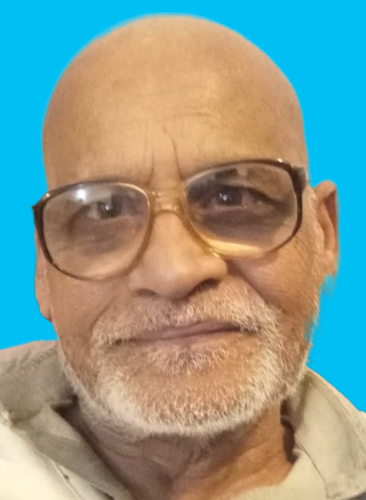Bakhtiar Agha
In the mid-1930s, when the Rowlatt Act was enacted by the British government in India, political resistance intensified across the subcontinent. The Act severely curtailed fundamental rights, sparking widespread opposition from political parties, particularly the Indian National Congress. Cities and towns across India witnessed massive anti-government demonstrations, with processions held to protest against the repressive law. In Khyber Pakhtunkhwa (then NWFP), the Congress party also planned a major demonstration, culminating in a large gathering near the Governor’s House and Chief Minister’s House in Peshawar. The starting point was Asamai Gate (Ander Shehar, Gold Street), and the designated route was set to pass through Lady Reading Hospital Road, GT Road, and the Provincial Assembly building before reaching its final destination.
Leading political figures, including Khan Abdul Ghaffar Khan (Bacha Khan), Khan Abdul Qayum Khan, Sardar Abdur Rab Nishtar, Arbab Sikandar Khan Khalil, Mir Sabaz Ali, Nazir Hussain Karbalai, and others, were waiting at the final gathering point for the arrival of the protestors. At the starting location, the responsibility of leading the procession was given to Ghulam Muhammad, popularly known as Gamma, who was also the real uncle of Bollywood actor Shah Rukh Khan. The majority of participants were from villages surrounding Peshawar, particularly Hashtnagar. As the protest began, the crowd, chanting slogans, moved forward. However, Gamma soon realized that the procession was not following the designated route. Instead of heading toward GT Road, it was moving in the opposite direction toward Qissa Khwani Bazaar.
Gamma, concerned about the deviation, called out to the crowd, urging them to stay on course. However, several senior individuals approached him, introducing themselves as Congress office-bearers from Charsadda, Mardan, and Nowshera. They informed him that a last-minute message from Bacha Khan had arrived via a special messenger on a bicycle, instructing them to display their strength by marching through the city’s busiest markets instead. Trusting this information, the procession continued on its unexpected route. As a result, Gamma lost control of the gathering, which was now being directed by unknown individuals. The march moved at a slow pace, stopping for an hour at Bazaar Misgaran, where the Congress district party office was located. Emotional speeches were delivered, and Gamma was also invited to speak.
By evening, the protest had still not reached its intended destination. Meanwhile, Bacha Khan and other leaders waited anxiously near the Chief Minister’s House. After a prolonged wait, they sent someone to locate the missing procession. The messenger eventually found it near Hashtnagri Bazaar, but by then, the crowd had significantly reduced, as many participants from nearby villages had left early to return home before nightfall. Gamma, frustrated by the unexpected turn of events, searched for the party leaders who had redirected the march but was unable to find them. He soon realized that the entire situation had been a deliberate ploy to sabotage the success of the protest.
An inquiry was conducted to determine what had happened, and it was revealed that the mastermind behind the misdirection was Major General (Retd.) Sikandar Mirza, the Deputy Commissioner of Peshawar at the time. Sikandar Mirza, who later became the first President of Pakistan, was known for his strategic political maneuvers. Prior to this, he had served in key administrative positions, including as the Political Agent of Khyber Agency. Historical accounts suggest that he often disrupted opposition activities without resorting to force, preferring tactical interventions to weaken political movements. This incident remains a notable example of how protests and political movements in British India were often met with calculated countermeasures by the administration.
Whether Sikandar Mirza’s actions were justified remains a topic for historical debate. Was this merely a strategic move to maintain order, or was it an undue interference in a democratic protest? These are questions that continue to spark discussion among historians and political analysts today.
The writer is a senior journalist and political analyst, based in Islamabad. He can be reached at: aghabakhtiar7@gmail.com.
Related Posts






Comments